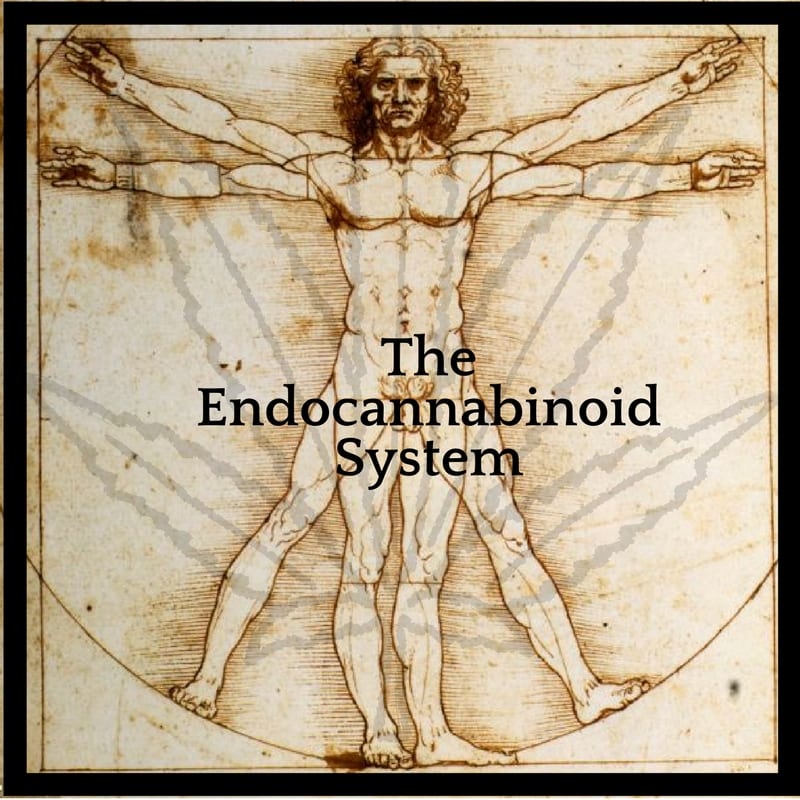The Human Endocannabinoid System
The Endocannabinoid system (ECS) is a group of cannabinoid receptors located in the mammalian brain and throughout the central and peripheral nervous systems, consisting of neuromodulatory lipids and their receptors. Known as the body’s endocannabinoid system, the ECS is involved in a variety of physiological processes including appetite, pain sensation, mood, and memory, and in mediating the psychoactive effects of cannabis. The ECS is also involved in voluntary exercise and may be related to the evolution of the runners high in human beings and related aspects of motivation or reward for locomotor activity in other animals.
Two primary endocannabinoid receptors have been identified: CB1, in 1990; and CB2, in 1993. CB1 receptors are found predominantly in the brain and nervous system, as well as in peripheral organs and tissues, and are the main molecular target of the endocannabinoid ligand (binding molecule), Anandamide as well as its mimetic phytocannabinoid, Tetrahydrocannabinol “THC”. One other main endocannabinoid is 2-Arachidonoylglycerol (2-AG) which is active at both cannabinoid receptors, along with its own mimetic phytocannabinoid, Cannabidiol “CBD”. 2-AG and CBD are involved in the regulation of appetite, immune system functions, and pain management.
Evidence suggests that endocannabinoids may function as both neuromodulators and immunomodulators in the immune system. Here, they seem to serve an autoprotective role to ameliorate muscle spasms, inflammation, and other symptoms of multiple sclerosis and skeletal muscle spasms.
The two most relevant receptors for cannabinoids are the CB1 and CB2 receptors, which are expressed predominantly in the brain and immune system respectively.

Cannabinoid Receptor Type 1
CB1 receptors are found primarily in the brain, more specifically in the basal ganglia and in the limbic system, including the hippocampus and the striatum. They are also found in the cerebellum and in both male and female reproductive systems. CB1 receptors are absent in the medulla oblongata, the part of the brain stem responsible for respiratory and cardiovascular functions.
Cannabinoid Receptor Type 2
CB2 receptors are predominantly found in the immune system or immune-derived cells with the greatest density in the spleen. While found only in the peripheral nervous system, a report does indicate that CB2 is expressed by a subpopulation of microglia in the human cerebellum. CB2 receptors appear to be responsible for the anti-inflammatory and possibly other therapeutic effects of cannabis seen in animal models.



